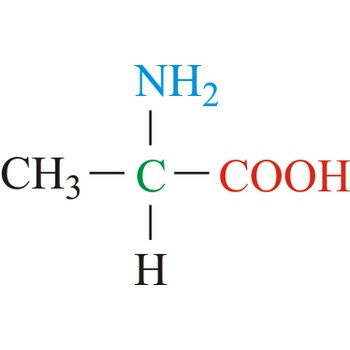Natural Numbers
I would like to convey to my readers
my love and appreciation for mathematics.
I happened to be able to grasp basic concepts at an early age. Many of my classmates were not as fortunate. Decades later I still have friends tell me
about their struggles with these concepts.
I believe that with better more diverse teaching methods more and more
kids will grow up with a better grasp and understanding of math concepts.
Mathematical constants or natural numbers are the basic alphabet of the laws of nature. The laws of nature are the laws that govern our physical and biological worlds.
I will start here with one of the very first natural numbers we all hear about the constant Pi. The number Pi is close to 3.14 and is the ratio between the circumference of the circle and its diameter. This ratio is always the same regardless of the size of the circle or where you find the circle. It could be in biology or architecture or in space.
Mathematical constants or natural numbers are the basic alphabet of the laws of nature. The laws of nature are the laws that govern our physical and biological worlds.
I will start here with one of the very first natural numbers we all hear about the constant Pi. The number Pi is close to 3.14 and is the ratio between the circumference of the circle and its diameter. This ratio is always the same regardless of the size of the circle or where you find the circle. It could be in biology or architecture or in space.
I have this vision or maybe you'd
call it a dream: any kid who learns to count and recognizes shapes, should be
able to understand the concept of pi. This concept is so basic that every
boy and girl could understand it.
This is the blackboard from the movie "The Life of Pi." The Indian boy named Pi who remembered this number to many decimal points:
Other laws of nature could be explained at a younger age: the power of gravity - why do we fall down? The power of magnetism - the magnets we stick on our refrigerators.
Many great minds have observed these powers and managed to describe them in mathematical terms. We have the tools to measure these powers and give them exact quantities.
This is the blackboard from the movie "The Life of Pi." The Indian boy named Pi who remembered this number to many decimal points:
Other laws of nature could be explained at a younger age: the power of gravity - why do we fall down? The power of magnetism - the magnets we stick on our refrigerators.
Many great minds have observed these powers and managed to describe them in mathematical terms. We have the tools to measure these powers and give them exact quantities.
Next I would like to talk about the number e a relative newcomer on the mathematics scene compared with pi. This number has a role as the "natural" base for exponential functions and logarithms. It is also derived from trigonometry and we can find it in many examples as in calculating compound interest.
e = 2.71828182845904523536...
The next mathematical concept that is used in many fields of science is the “imaginary” number i. When you square this number you get negative one: -1. Or
I would like to bring here one of the most amazing equations that show how these three mathematical constants are related to each other and to the basic laws of life.
Euler's equation:









